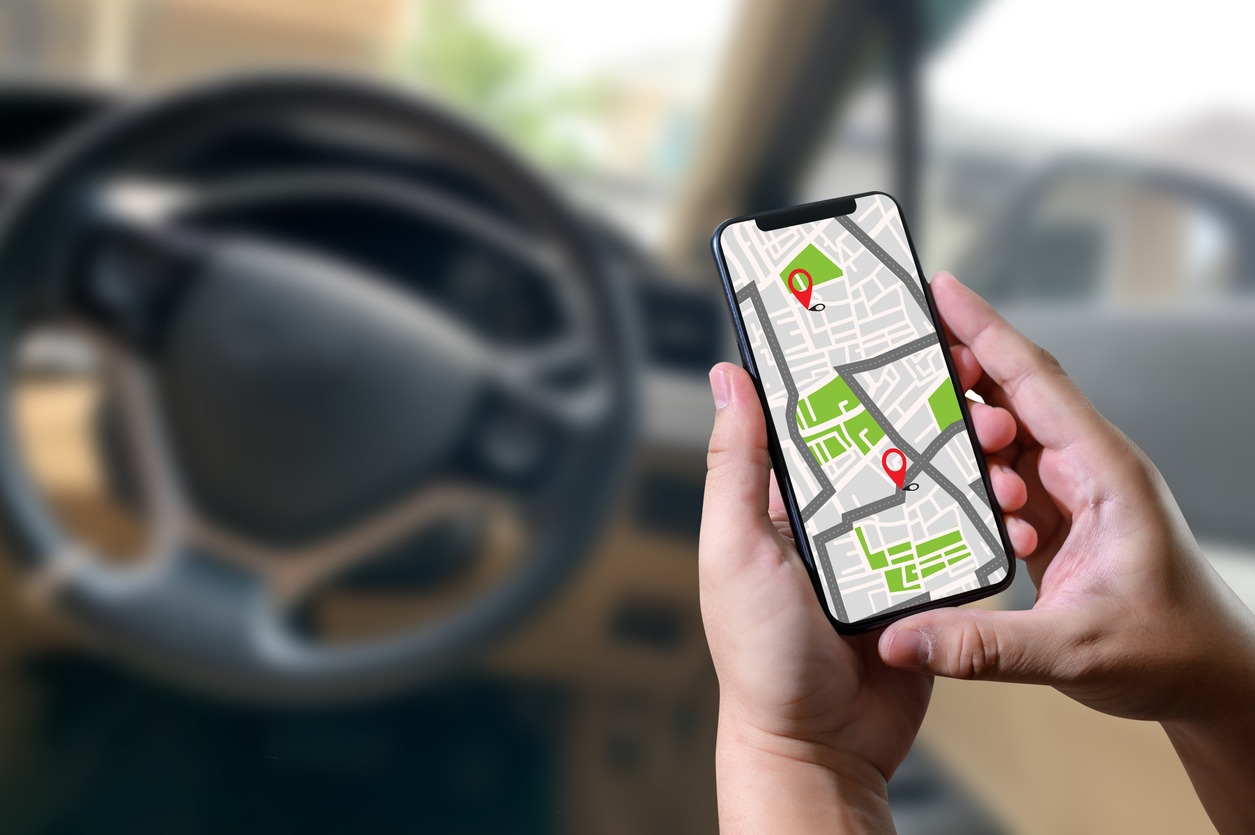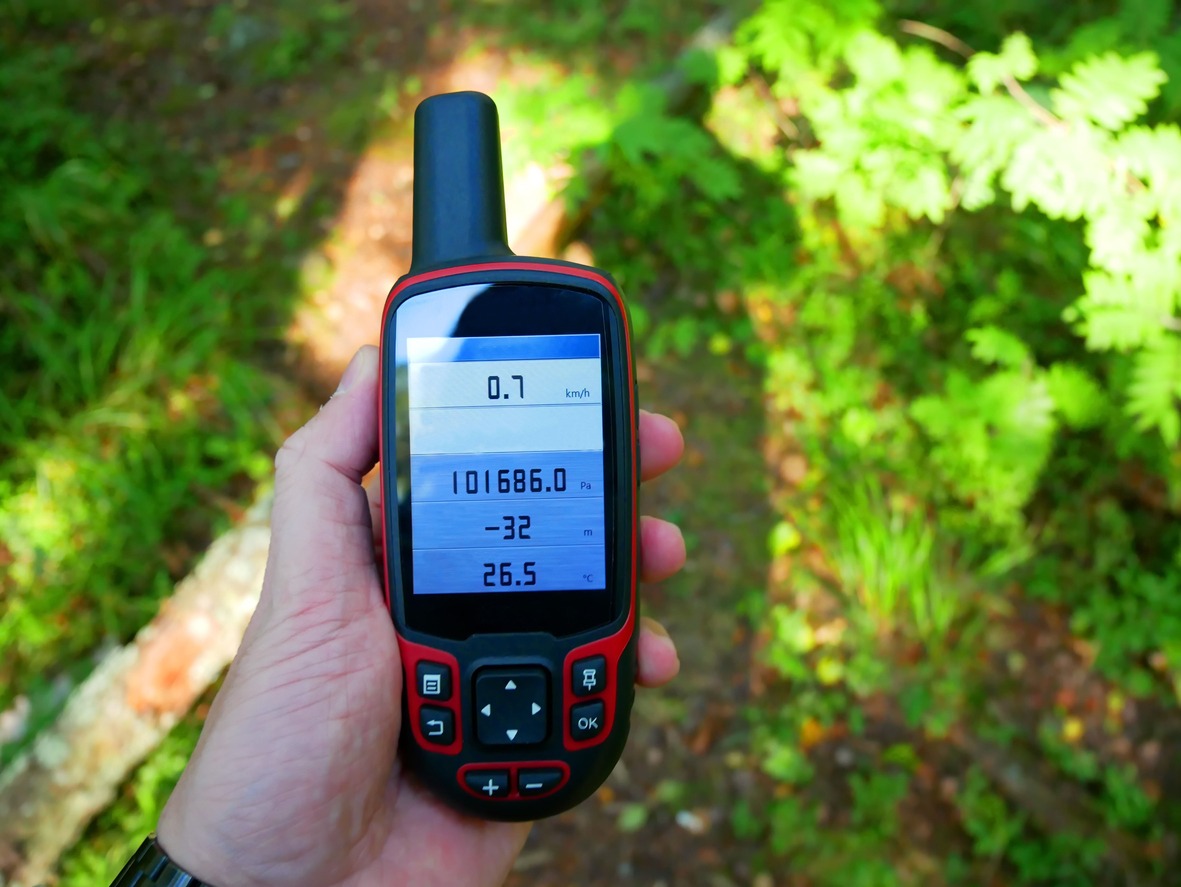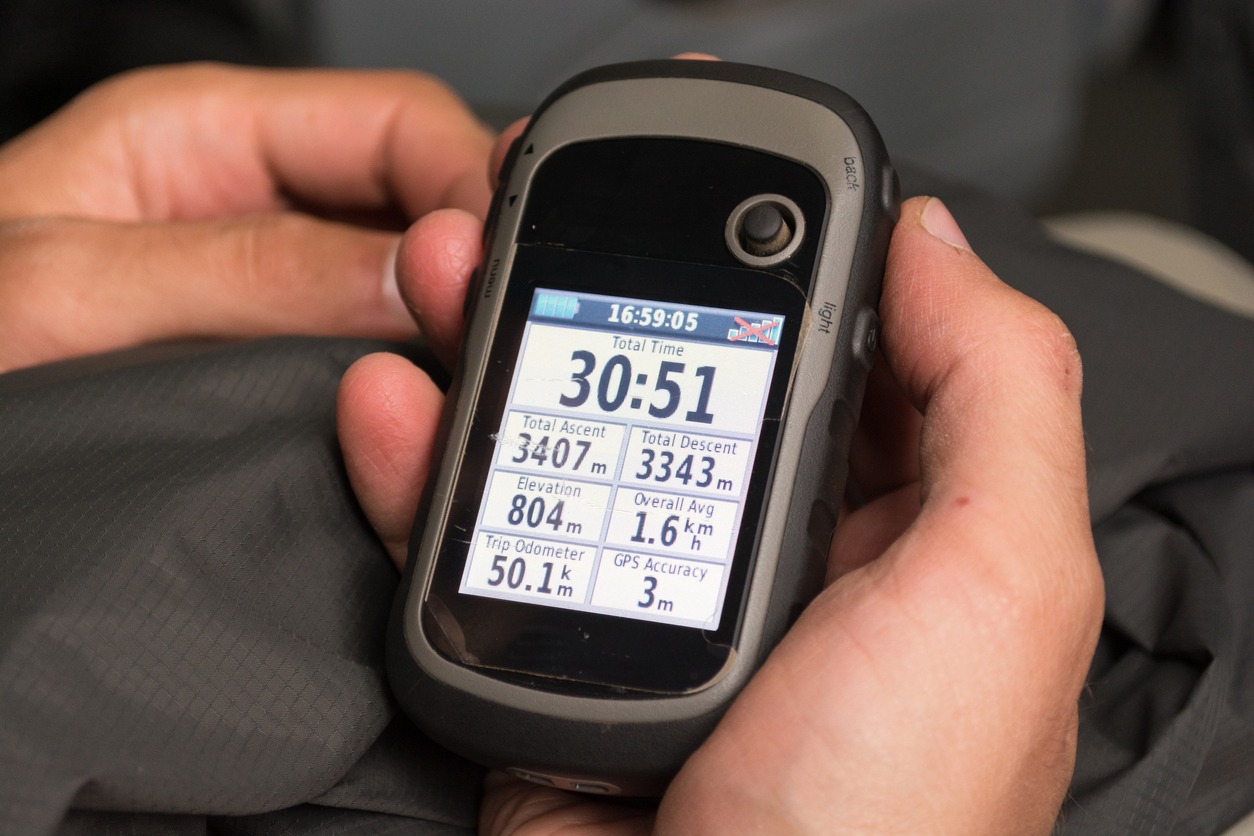GPS stands for Global Positioning System, which uses a space-based satellite navigation system to locate specific locations. Since it uses satellites, you can use it anywhere on Earth, provided that there is an unobstructed line of sight to four or more GPS satellite systems. GPS devices are also equipped to give you time and weather information.
Suppose you are going outdoors for hiking or camping. In that case, GPS and other satellite communicators are handy devices to have since they can work in almost every weather condition. Since GPS and satellite communicators are handheld devices, you can take them with you to avoid getting lost. There are many advantages to owning GPS and satellite communicators. Still, you must ensure that you are purchasing one that best fits your needs. To do so, you need to know all about the different types and their features.
Why Do You Need GPS and Satellite Communication?
If you are unsure whether or not you need a GPS and satellite communication device, consider your activity. If you plan on trekking, hiking, or camping far away from civilization, you may have trouble connecting to people or getting reception on your phone. This can cause you to get lost. In such cases, having GPS and satellite communication can be extremely useful.
Using such devices, you can also find the right trail to hike on and get more helpful details about it. These details include how long the trail will be, how difficult it will be, and more. Such devices can also show you your location, and this can help you find the fastest way to get to your destination. Some GPS devices are also designed to display elevation and elevation changes.
Types of Off-Grid Communication
If you are planning to go off-grid and fear getting lost, you can invest in off-grid communication methods to be able to locate where you are. There are three different kinds of off-grid communications that you can choose from.
Satellite Messengers
Satellite messengers are handheld devices that are designed to send and receive messages. You can use these devices to communicate effectively with others. Still, you will need to purchase a subscription service that can be expensive. These devices do not require a cell phone to tether to, so you can use it even if your phone is dead or you are not getting signals. This makes it incredibly useful in remote areas which do not receive cell phone reception. Using satellite messengers, you can contact others and send SOS messages if you are in danger.
Satellite Beacons
Satellite beacons are much like satellite communicators, but they require you to have cell phones. You can find two kinds of satellite beacons on the market. The first kind has limited messaging input of its own, and the others do not. This makes them much more limited when it comes to communication since it needs your cell phone for input. All they do is provide connection, so they are essentially like telephone lines in your phone.
Satellite beacons are two-way radio signalers that you can use to send messages back and forth within their network.
Radio
HAM radio signals are often used to relay messages and broadcast emergency calls. They are durable and reliable, which is why they have been used for over a century. There are some limitations that you should be aware of before you use HAM radio signals. For example, although the technology that is used to power HAM radio is simple, using it is not. Additionally, if you want to be able to access long-range communication, you will need a license. Accessing lower and weaker frequencies does not require a license but also limits your potential communication. This can be an issue if you are in an emergency situation.
HAM radios also use batteries, but they run out of charge quickly, so you will need an external power source for charging. This means you will need either a power source with you on your camping trip or extra batteries.
Important Terms You Need To Know Of
You need to know certain essential terms when purchasing or using a GPS device.
Tracking
Tracking is the GPS’s way of sending an automated updated waypoint to another device or an email address. This lets the receiver know exactly where you are when they click on the link to the map. It is a vital feature that helps keep you safe and your loved ones informed. On certain devices, you can send your tracking updates at the push of a button. Some devices even allow you to send updates at a pre-set time interval. These acts like virtual breadcrumb trails and are invaluable in an emergency situation.
Offline Maps
Offline maps are maps you can download using an app on your phone. These are extremely helpful when hiking and hunting in an unknown area as they prevent you from getting lost. Most offline maps provide enough major geographic features that allow you to navigate your way through an unfamiliar area. However, they do not tend to be highly detailed and clear, so you should be extremely careful when using them.
Service Contract
Service contracts are agreements between a customer and the company providing the service. In the case of GPS devices, there will be a service contract between you and the GPS device company, as you need to pay a certain amount for activation and for your subscription.
SOS Button
SOS buttons are dedicated buttons that you will find on GPS communication devices that allow you to send an SOS to authorities with your coordinates. They are incredibly useful and necessary features to have because if you are in an emergency, you can press them to get help.
Types of GPS
There are various different kinds of GPS devices that you can purchase, and they vary based on what you intend to use them for. They include basic GPS, marine GPS, motorcycle GPS, golf GPS, and mobile phone GPS.
| Type of GPS | Description |
| Basic GPS | A basic GPS can be used in various devices such as handheld GPS devices, car navigation systems, and more. They allow you to locate where you are and your direction. |
| Marine GPS | Marine GPS devices are quite similar to regular GPS devices, but they are designed to be water-resistant. Their shell is waterproof, and they have special aquatic features as well. |
| Motorcycle GPS | Motorcycle GPS is designed to be rugged and water-resistant and often contains motorcycle-focused features. |
| Golf GPS | Golf GPS devices have preloaded courses and updates that you can download. These allow you to navigate your way across a course and eliminate guesswork. This greatly helps improve your gold experience. |
| Mobile Phone GPS | Most modern smartphones come with a GPS receiver that allows you to use it when your signals are down. |
Features To Consider When Purchasing a GPS
When purchasing a GPS device, you may get overwhelmed by the number of available options. However, choosing the right one can be much easier if you know your purpose. Since GPS devices can vary a lot, there are certain factors that you should consider before you decide to purchase one. This will help you pick one that fits your needs perfectly.
Screen Size
Screen size is one of the most essential factors you should consider when purchasing a GPS device. It is tempting to opt for a GPS with a smaller screen because they are much cheaper, but in the long run, you will have trouble reading the data it displays. Ensure that you buy one with a large screen that can display all the information clearly. This means you should avoid a tiny 3.5-inch screen and instead purchase a GPS device that has a 7-inch screen.
Larger well-lit screens allow you to focus on the screen better and spend less time squinting your eyes trying to make out the trails it displays.
Spoken Street Names
It is not always possible to look at a screen while hiking or driving. In such cases, having a device that has a voice and text-prompted directions can be extremely useful. Ensure that you choose one that narrates turn-by-turn directions, as they are the most efficient.
Map Options
When choosing a GPS device to purchase, ensure it has map options. Ideally, you should buy ones that come with the option to download your own maps. Since there are many different ones available on the internet, you can choose one that you find the easiest to read. To use this feature, you must ensure that your device is compatible with maps available online.
Traffic Updates
If you plan to use your GPS device for navigating traffic, having traffic updates is a must. It will let you know where the traffic is low, so you can plan your route accordingly. Sometimes the traffic data feature is free with your device. Still, these services are usually of lower quality than paid or premium traffic services.
Lifetime Maps
Lifetime map updates are an essential feature that your map must have. Your GPS device is only as good as its maps, so you must ensure that it has high-quality maps that are regularly updated. Map updates add new roads and even fix old errors. This is highly useful on trails, as you can find better and more efficient ways to get to your locations.
This feature is usually paid, but paying extra can save you a lot of time and extend your GPS device’s lifetime.
Accessories
Having the right accessories with your GPS device is a must. Various accessories come with a device, but others can easily be found online and in stores. These accessories include auxiliary antennas, cases, and mounts. Auxiliary antennas can be mounted at the base of your windshield if you are using them in your car, and they help improve signal reception.
A case will help you protect your device, so it will still be okay even if you drop it. Mounts are also valuable accessories if you purchase a GPS for your car or motorcycle. You can mount them on your dashboard for easy hand-free access. Motorcycle GPS has a separate motorcycle mount that allows you to securely attach the GPS device.
FAQs
1. What is the best screen size for a GPS?
GPS screen sizes vary greatly, but the ideal size in terms of portability and visibility is 4.7 inches. They are easy to read, and you can easily carry them in your pocket while on the go.
2. How many satellites do you need for the GPS to work?
Generally, the more satellites you have, the more precisely the device will pinpoint your location. It takes three satellites to determine your position on Earth and four to calculate your precise location.
3. How many parts are there in a GPS?
A GPS typically consists of three parts; an antenna, a receiver-processor unit, and a control and display unit. The antenna receives signals and has anti-jamming capabilities. A receiver and processor unit can convert radio signals to usable navigation solutions. The third part is a control and display unit that displays the information that has been collected about your location.
Conclusion
GPS and satellite communicators are handy devices that can help you stay connected to your loved ones even when you don’t have signals. They have many different purposes, such as sending live updates, showing you trail on a map, updating you on traffic, and even calling for help. By using satellite communication, you can use GPS devices practically anywhere in the world. This makes them powerful and helpful gadgets when going off-grid.
To make use of all these advantages, you must purchase the right GPS device. By knowing your purpose, the kinds of GPS available, and the features you want, you can choose one that fits your needs perfectly.



